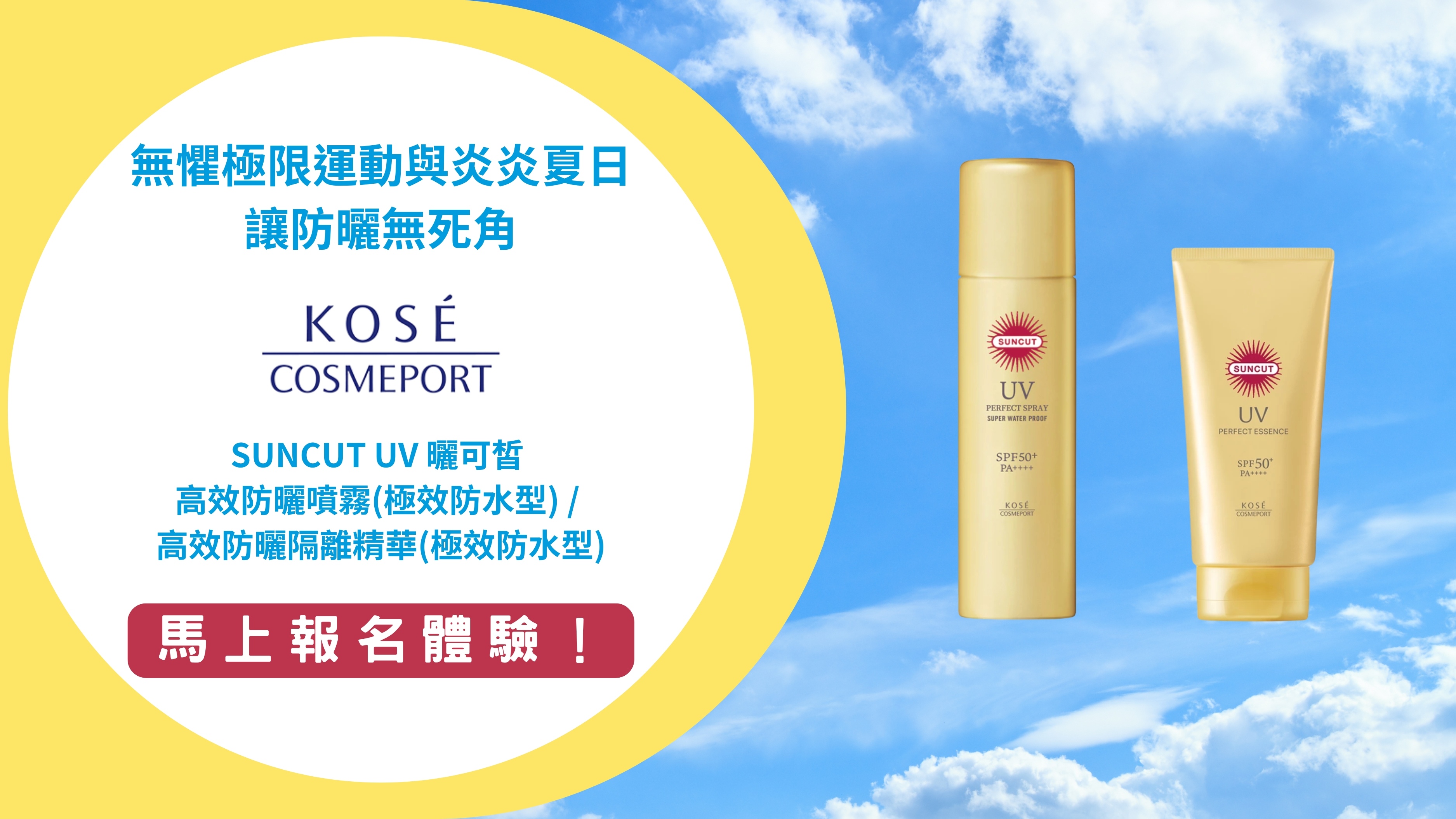前言:我們用專欄介紹世界各地的特別礦物,並不鼓勵大家買或收集,反而是如果教學上有需要,我們還可以外借,這些專欄等於是稀有礦物的目錄,因此我們比較少介紹常見的礦物。
在介紹金瓜石的硫酸銅礦時,我在網路搜尋其相關礦物 Langite 時,無意間找到小奇先生上次展示一大塊銻銀礦的捷克店家。銻銀礦的確是捷克引以為傲的礦物,因為只有此地的才顯出晶形,然而店家放的這件標本感覺不很自然,應該是原礦石溶洗去部分母岩,露出原藏於岩石內的銻銀礦所成之模樣。以下為後來向該捷克店家所夠買的捷克礦物。
〈一〉藍銅礬 Langite Cu4(SO4)(OH)6.2H2O:

LANGITE
* nice micromount specimen from uncommon locality *
size: 37mm X 25mm X 7mm
weight: 4g
origin: Zlaté Hory (Zuckmantel), Moravia, Czech Republic

〈二〉自然鉍 Bismuth in Quartz:

* minor silvery-bright molybdenite *
* rare specimen *
size: 23mm X 19mm X 10mm
weight: 4g
origin: Nový Martin adit, Steinknochen (Lux vein) area, Krupka, North Bohemia, Czech Republic

Of interest to hobbyists are the pseudocubic "hopper" crystals that are always present on the laboratory produced specimens, they are not seen in but only the rarest of natural crystals. Hopper crystals are a unique crystallographic curiosity Just the edges extend outward from the center of the crystal leaving hollow stairstep faces between these edges. The hopper crystals form due to the disparity of growth rates between the crystal edges and the crystal faces.
〈三〉鮑林沸石 Paulingite (K2,Ca,Na2,Ba)5Al10Si35O90•45(H2O):

PAULINGITE (Ca) ON MATRIX
* golden-yellow crystals on matrix *
* main crystal size 2mm !!! *
* nice thumbnail specimen from uncommon locality *
size: 18mm X 15mm X 11mm
weight: 3g
origin: Vinařice, Kladno, Central Bohemia, Czech Republic

在礦物學上鮑林沸石的地位:
Paulingite is a rare zeolite mineral. Paulingite was named for Linus Carl Pauling (1901–1994), professor of chemistry, California Institute of Technology and accepted by the International Mineralogical Association in 1960.
The early formation in the crystallization sequence and the high water content suggest that paulingite forms from relatively dilute pore fluids. They have a large unit cell of 3.51 nanometres and an isometric crystal system and it is largest known inorganic unit cell apart from protein structures. The paulingite structure can be observed while the remaining water content decomposes. A single crystal X-ray refinement of this chemically different sample material derived three main cation positions, which are inside a so called paulingite or Calcium (Ca), between 8-rings of neighbouring Barium (Ba), and in the centre of the non-planar 8-rings of the -cage Potassium (K).
Paulingite is a perfect clear rhombic dodecahedron of 0.1 to 1.0 mm in diameter. Their attachment to vesicles causes a hemispherical shape exhibiting 5 to 6 planes of dodecahedral planes. In the vesicular walls, they appear to be dark brown to black. They are actually clear and colorless due to clarity and their attachment to the vesicular wall. The crystal faces are smooth and planar and have a bright vitreous luster. The crystals have no cleavage.
〈四〉銻金礦 AUROSTIBITE AuSb2:

AUROSTIBITE
* uncommon specimen *
size: 24mm X 22mm X 16mm
weight: 13g
origin: Krásná Hora nad Vltavou, Central Bohemia, Czech Republic

如圖所示銻金礦的晶體很小,然而與其他產地的銻金礦比則是大很多了,因為後者都是要用顯微鏡看,而且沒有晶形,這件標本有13g 重,包含了若干銻金礦小晶體。有趣的是這種稀少礦物在礦物學上與黃鐵礦分在同一組。
Aurostibite is an isometric gold antimonide mineral which is a member of the pyrite group. Aurostibite was discovered in 1952 and can be found in hydrothermal gold-quartz veins, in sulfur-deficient environments that contain other antimony minerals. Antimonides are rare and are normally placed in the sulfide class by mineralogists.


 留言列表
留言列表


